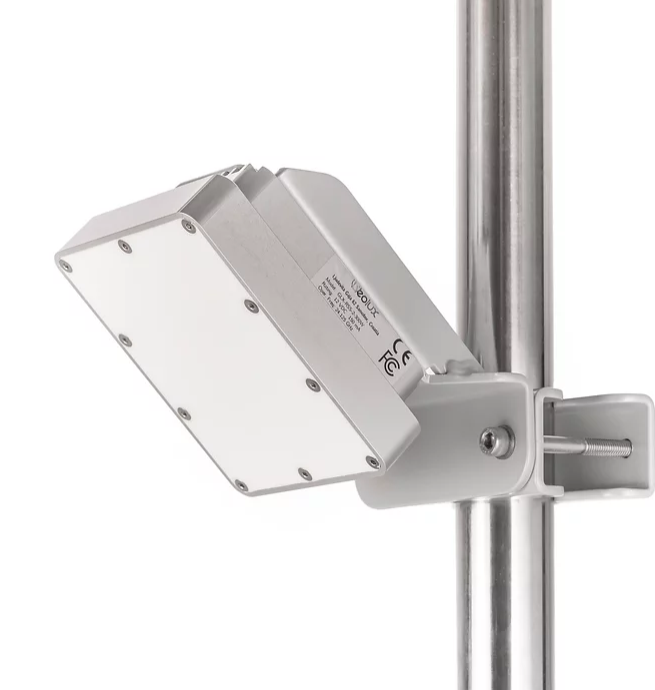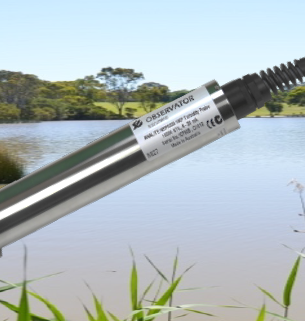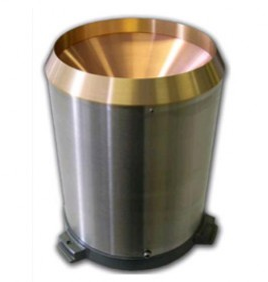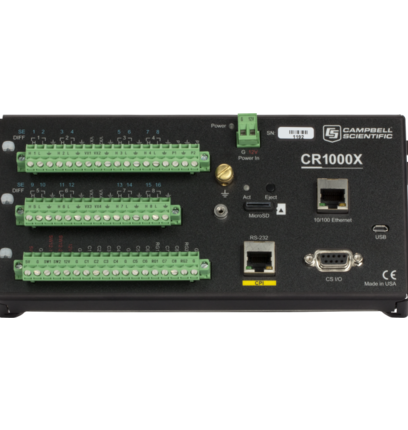Headwater Disaster
On August 18, 2021, Malaysia experienced its first-ever headwater disaster in Gunung Jerai, Kedah, which sent shockwaves throughout the nation. This devastating event resulted in the loss of lives, damage to the environment, and destruction of property, leaving a profound impact on the affected community. Tragically, three local residents lost their lives in the wake of this catastrophe.
Furthermore, on July 4, 2022, another distressing combination of flooding and headwater incidents struck Kedah, specifically affecting the villages of Gunung Inas. This unfortunate event claimed the lives of three individuals and caused extensive damage to numerous homes in the area. The estimated total economic loss from this flood and headwater calamity in Kedah is approximately RM28 million, underscoring the severity of the situation (Bernama, 2022).
Early Warning System
An Early Warning System (EWS) for headwater incidents is an indispensable tool for protecting communities and infrastructure from the potentially devastating effects of sudden floods and rising water levels. To ensure the efficacy of such a system, it must incorporate various essential instruments, including a siren, water level sensor, water velocity sensor, rain gauge, turbidity sensor, site inspection camera, and a Remote Terminal Unit (RTU). These components collectively enhance the system's ability to provide timely and accurate warnings. Here's why each of these instrument is necessary:
No. |
Instrument |
Purpose |
1 |
Siren |
The siren acts as a primary means of alerting people in at-risk areas when pre-defined thresholds are met. |
2 |
Water Level Sensor |
Water level sensors continuously monitor and relay information about the depth of water in rivers or streams. When water levels exceed safe thresholds, the system can activate alarms and trigger evacuation procedures. |
3 |
Water Velocity Sensor |
Measuring water velocity is crucial for understanding the speed at which water is flowing downstream. Sudden increases in water velocity can indicate an imminent headwater incident. |
4 |
Rain Gauge |
Precipitation levels are a key factor in headwater incidents. Excessive rainfall can lead to rapid increases in the volume of water in rivers and streams. This information is crucial for issuing accurate warnings and preparing for potential water surges. |
5 |
Turbidity Sensor |
Turbidity sensors measure water clarity by assessing the presence of suspended particles and sediments. A shift from clear to muddy water often signals upstream erosion or sediment transport, which can lead to headwater incidents. |
6 |
Site Inspection Camera |
Periodically captures snapshots of monitoring sites for remote inspection, providing valuable visual data to enhance situational awareness and decision-making in addition to sensor readings. |
7 |
Remote Terminal Unit (RTU) |
The RTU is the central component responsible for collecting and transmitting data from the various sensors to a central monitoring and control center. It serves as the communication hub, ensuring that real-time information from the sensors is processed, analyzed, and disseminated to authorities. |









